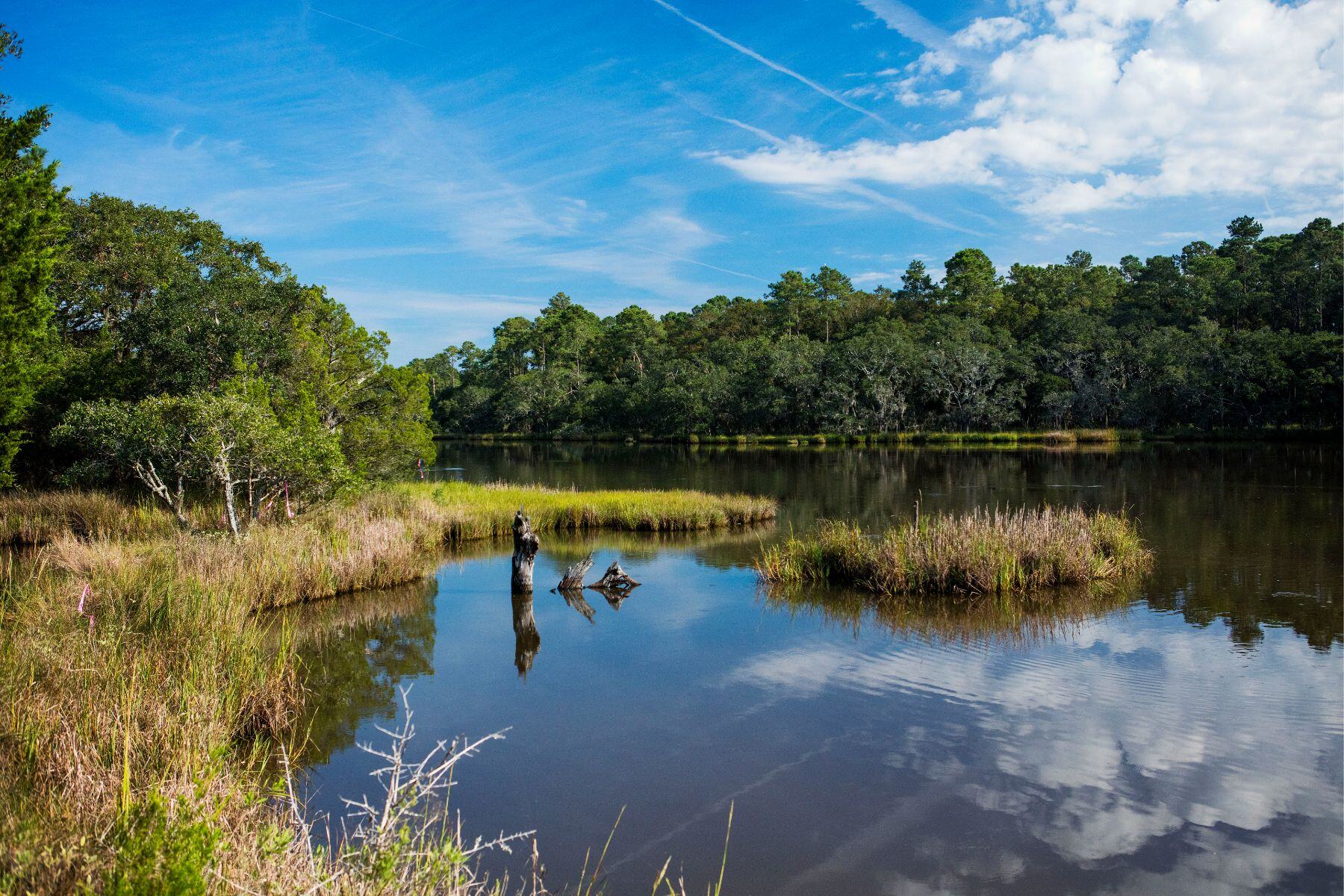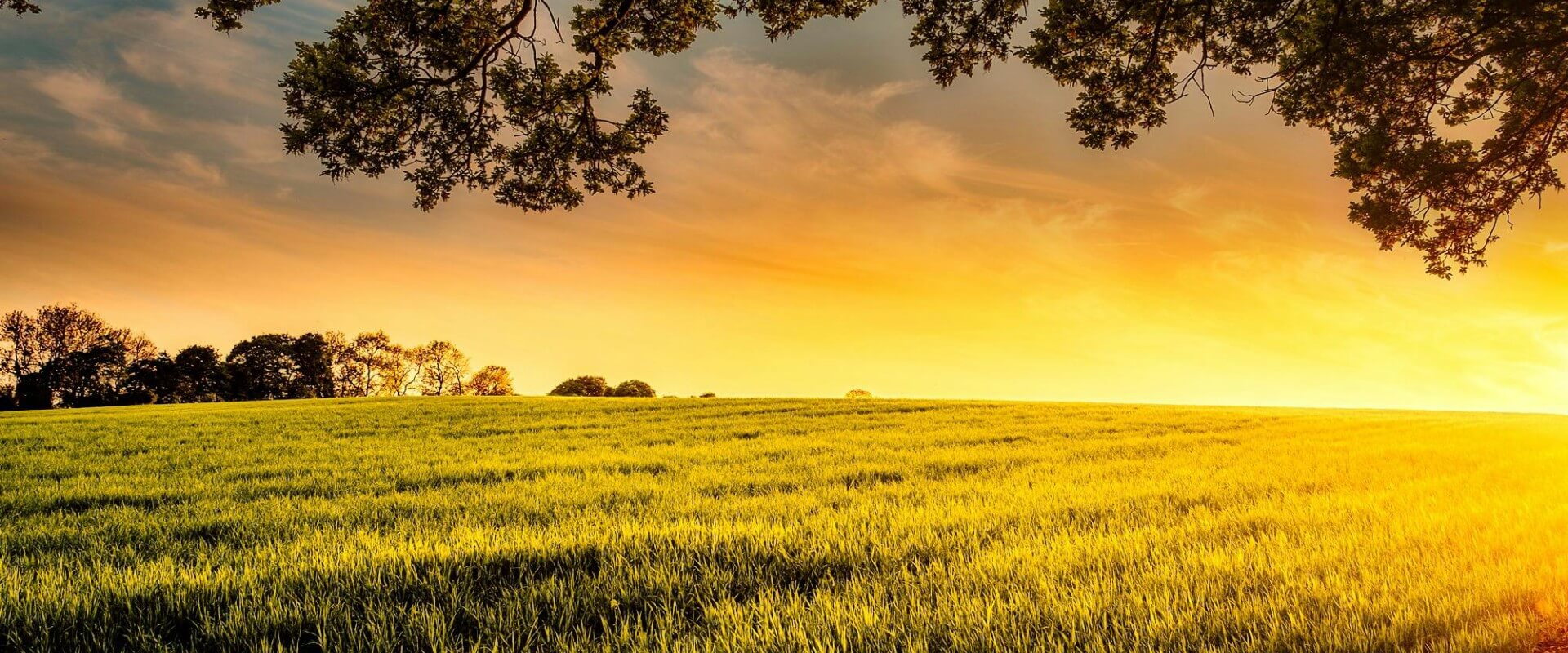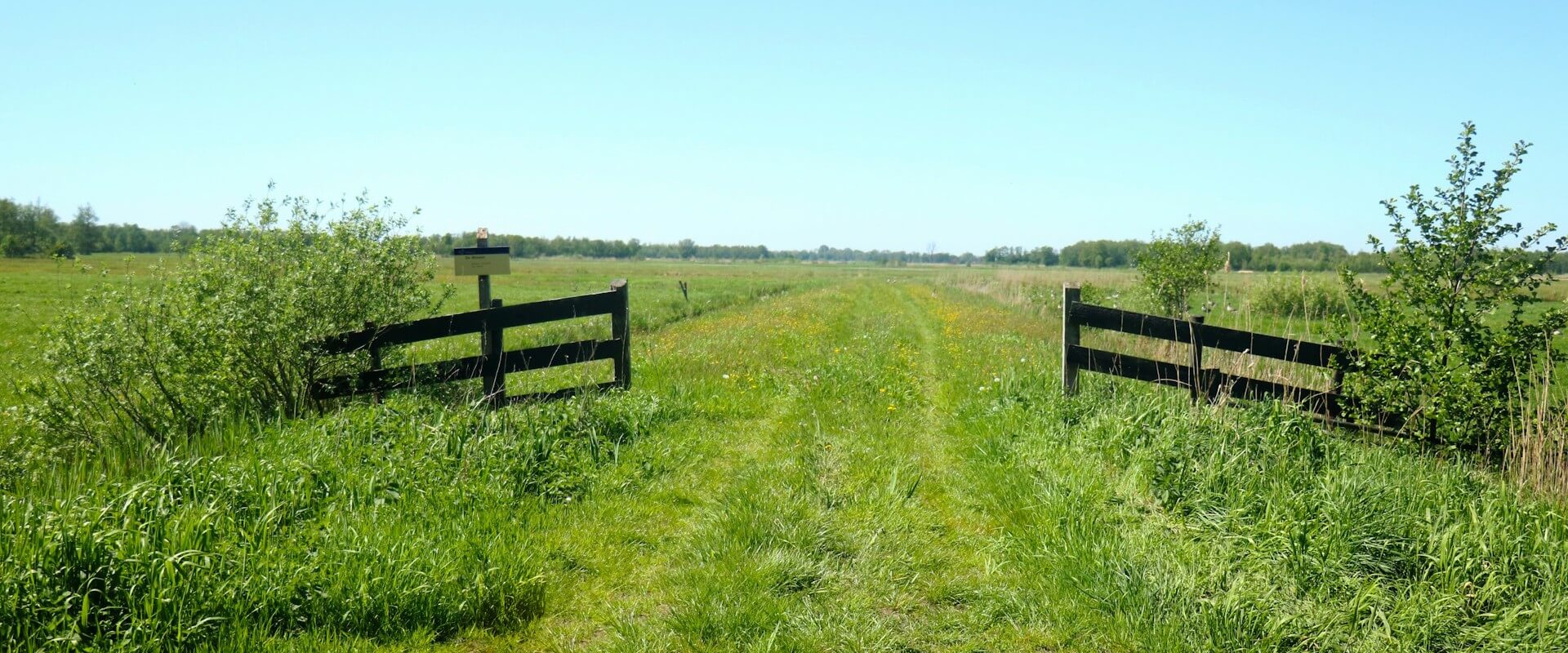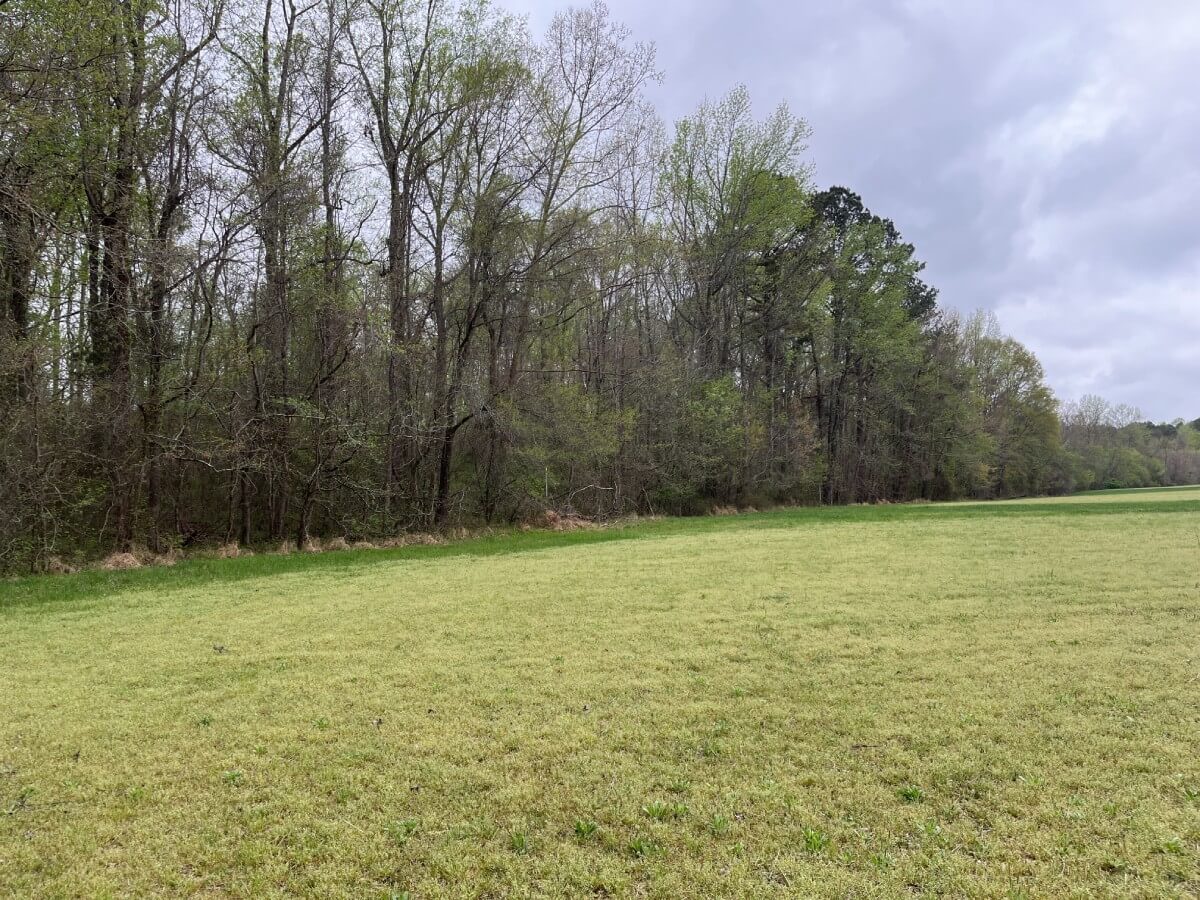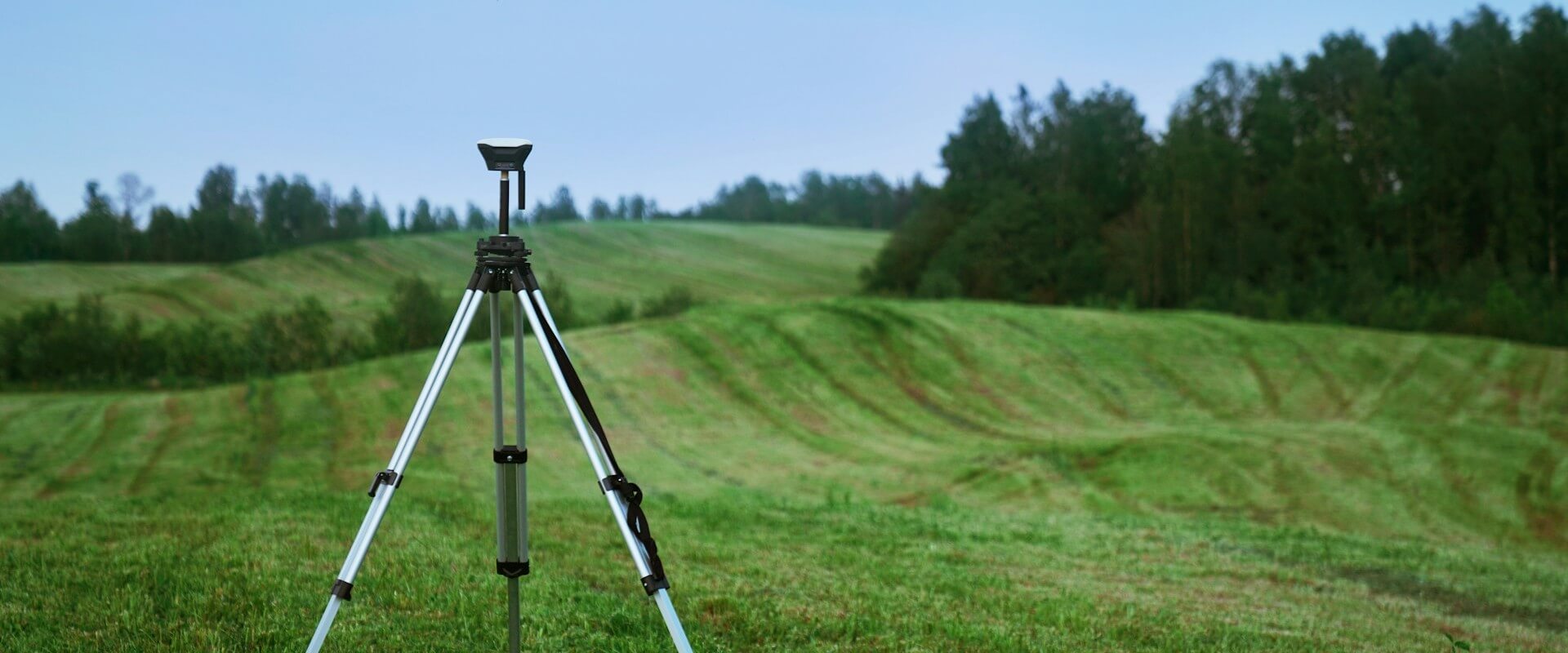Two years ago, Clark Harris stepped up from our Board of Directors to lead Unique Places to Save through a planned two-year transition period. His work focused on leadership development and visioning for the organization and we are a much stronger and more focused organization thanks to his efforts. As this transition period comes to a close, two of our long-serving team members - Dr. Christine Pickens & Michael Scisco - are stepping up as Co-Executive Directors of Unique Places to Save. Clark will be moving back to the Board of Directors to continue his valued service to the organization.
Christine is a wetland ecologist with over 15 years of experience in ecological research, restoration project management, and partnership building. She ensures that organizational decision-making is grounded in evidence-based knowledge. Her current on-the-ground efforts are focused on multidisciplinary coordination of dam removal, conservation of imperiled wetland types, and expanding public access to nature. Check out Dr. Christine Picken's bio to learn more about her background in research and restoration.
Michael has spent nearly 20 years in the land conservation and real estate industries working with private landowners to help them strategize and conserve their lands and natural resources. He has direct experience in conservation funding and planning for parks, greenspaces, green infrastructure, large rural properties, and other landscape scale and local conservation efforts. Michael Scisco's bio provides more information about his extensive work in conservation and natural resource management.
Due to their deep knowledge of our organization, our work and our goals, Christine & Michael will continue to advance the mission of Unique Places to Save; to restore and conserve high-quality land and aquatic resources. Clark's important work to shape the vision and mission for our organization has sharpened our focus and impact as we continue to provide conservation easement services for mitigation banks and are deeply involved in multiple dam removal projects. We are also expanding our conservation easement services to private landowners who wish to conserve their land and protect wildlife habitat, agricultural heritage, viewsheds, and other conservation values important to them, their families and communities.
Our new leadership team has well over 30 years combined experience in the restoration and conservation space. Christine and Michael’s leadership will highlight the organization’s service-oriented and science-based spirit that have served our partners and communities well over the past 12 years.
With our new leadership team, Unique Places to Save is well-positioned to continue growing its programs and building a stronger foundation for its future. We are looking forward to sharing this journey with you. Together, we can restore and conserve more of the unique places that are important to the future of our communities.

